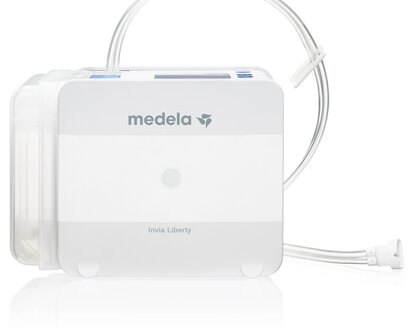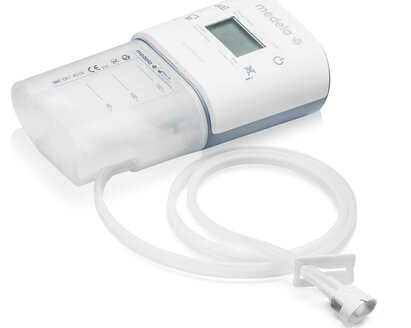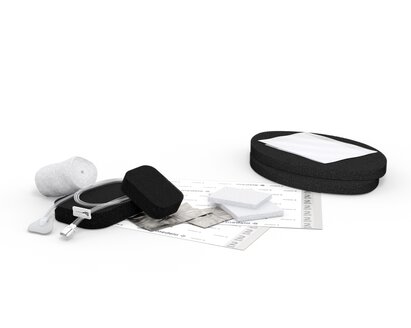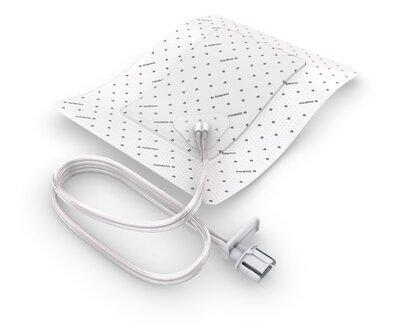Learn about the clinical efficacy of Invia Motion single-patient-use NPWT System
In an advanced wound care clinic where more than 100 patients are seen per day (The Advanced Burn and Wound Clinic at JMS Burn Center at Doctors Hospital, Augusta, GA), easy application, easy transition to home, the versatility and applicability across care settings are desirable in treating patients efficiently.
Joan Wilson, MSN, MHA, RN presented the results at the Virtual SAWC Spring in July 2020: "We intend to evaluate how well a commercially available ultra-portable NPWT system* with a suction drain with dual lumen tubing** integrates into the standard of care in achieving clinically acceptable progress towards the goal of therapy for eligible patients enrolled from this advanced wound care clinic and how it is accepted by both patient and caregiver."
- The case series findings demonstrate that the portable NPWT system* is easy to use and convenient for patients being treated with a single-patient-use NPWT.
- Furthermore, we found favorable clinical outcomes in this small group.




